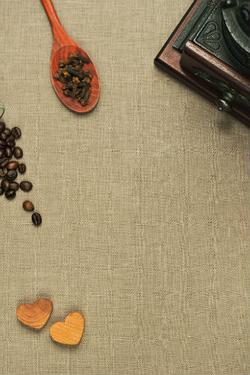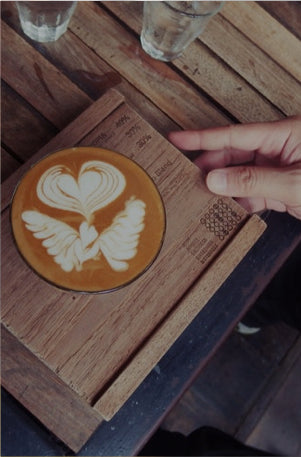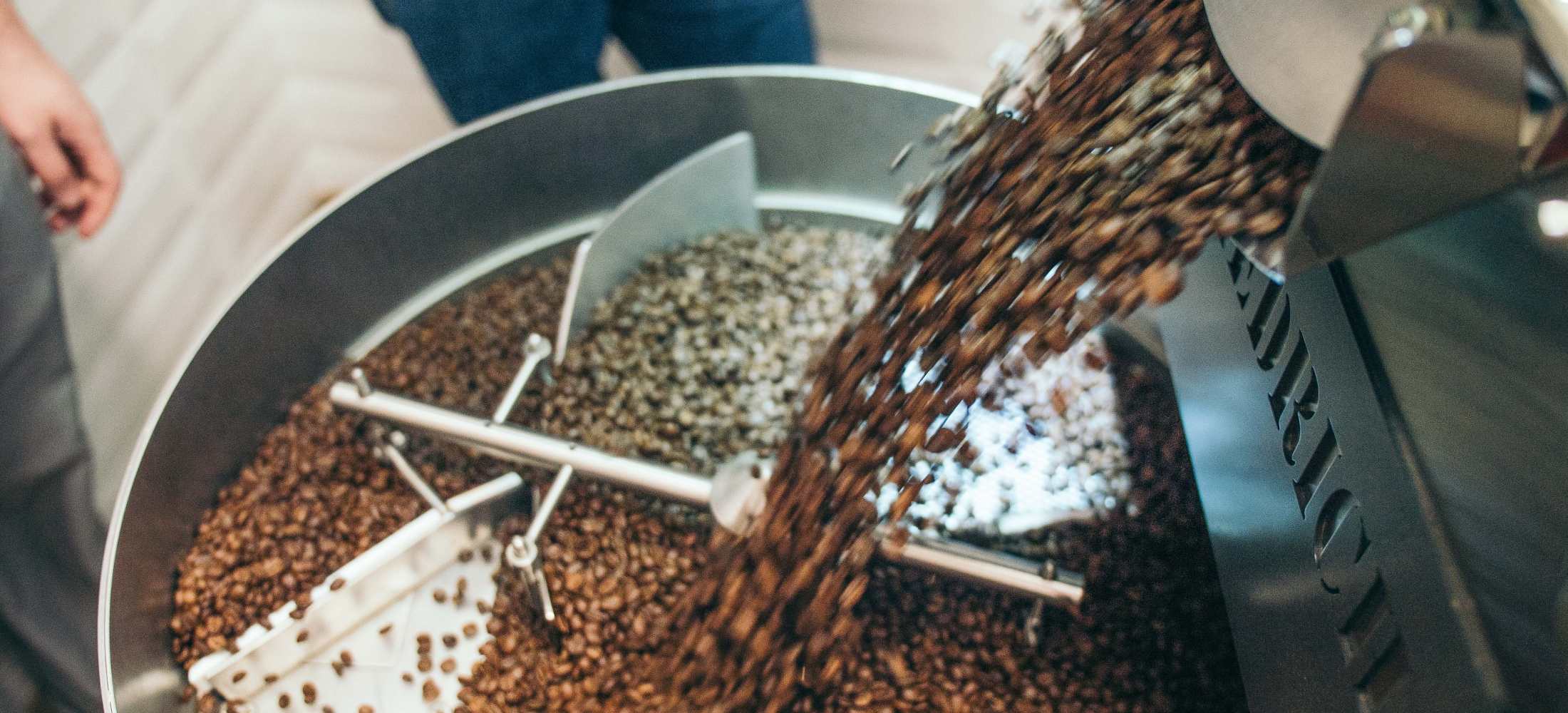Decoding the Different Roasts in Your Coffee Cup
Whether you’re trying coffee for the first time or you’ve been at it for many years, it’s important to know the details about your favorite coffee roasts. Many myths surround the caffeine levels and flavor profiles of different varieties of coffee, so we’re here to give you the facts you need to determine the roast that best fits your tastes and lifestyle.
Light Roast Coffee
Contrary to what the name might suggest, light roasts actually have the most
caffeine out of any coffee on the light-to-dark scale. Because the beans in this
variety of coffee are lightly roasted, they spend less time in the roasting machine,
leaving more moisture within the bean, thereby making it denser.
This density means that more caffeine remains present in the bean, but less of its
flavor is brought out through the roasting process. When a light roast is ground and brewed, it makes for more delicate, nuanced flavors like caramel and hazelnut. The milder taste, as well as the coffee’s thinner consistency, might trick you into thinking there’s less caffeine in a cup of light roast. But don’t be fooled; it actually contains more!
Some examples of light roasts include New England Roast, Half City, Cinnamon
Roast, and Light City.
Medium Roast Coffee
A bit more full-bodied, medium roasts sit for a longer spell in the roaster, sucking out more moisture and bringing out more of that coffee flavor in the beans. The longer roasting process makes these beans less dense than those of the light roast variety, meaning that less caffeine is present in brews such as Breakfast, City, and American roasts.
Medium flavors tend to be richer, if a bit less complex, than those of light roasts, and the coffee’s texture tends to be a bit thicker. Think of it like a red wine: a Pinot Noir is a thinner wine with more delicate flavors, whereas a Cabernet is a thicker, more full-bodied alternative that tends to have more of a bold, one-note flavor. So too as coffee progresses from light to dark.
Medium-Dark Roasts
Following the pattern, medium-dark roasts are roasted for an even longer period,
and consequently result in a thicker brew with a stronger flavor, shading into bitter
territory in its aftertastes.
As the name would seem to indicate, medium-dark roasts offer flavor profiles that
are pretty squarely in the middle of medium and dark roasts, and their caffeine levels fall between those two varieties, as well. You’ll typically see medium-dark roasts on menus as Full City, After Dinner, or Vienna Roasts.
Dark Roasts
And finally, we come to the dark roasts. These roasts still contain plenty of caffeine – just not as much as the others in the line-up – and their coffee flavor is the strongest of all the brews because of their long roasting sessions at high heat.
If you’re a fan of that smoky, charred taste lingering on your tongue, dark roasts are probably the brew for you. You may need one more cup to hit your energy high than you would by drinking a light roast, but that full-bodied flavor will come through strongly as you sip. If this is your roast of choice, look for French, European, Italian, and Continental roasts on shelves and in coffee shops.


